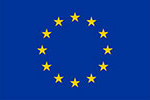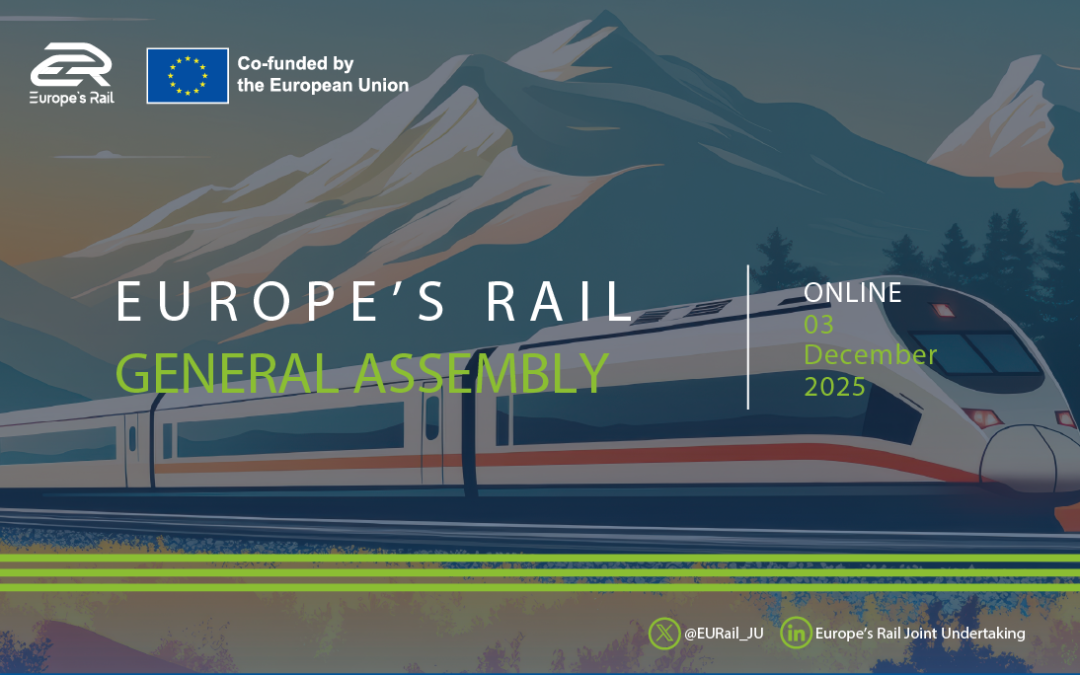Among the nine major Flagship Projects (FPs) funded by Europe’s Rail Joint Undertaking (EU-Rail), FP2-R2DATO plays a...
FP2 R2DATO
D36.2: Demonstrator Implementation Phase 1 Concluded and Test Results Consolidated.
D36.2 summarises the initial phase of WP36 (Onboard Platform Demonstrator) with this first implementation report. It adopts a step-by-step approach based on the Demonstrator Specification (D36.1) and presents concrete results and key learnings. The primary objective is to demonstrate the feasibility of a Modular Platform that supports basic integrity and safety-critical applications. Key parts of the report include an Architecture Update, Implemented Modules, a virtual test environment, the platform, and demo applications. These focus on container deployment, continuous integration, cybersecurity and redundancy.
How it brings us closer to achieving better rail for Europe: The Onboard Platform demonstrator aims to create and to validate a prototype for future-proof onboard connectivity and IT platforms within highly automated rail systems. Implemented in a laboratory setting, this will demonstrate how railway applications can be hosted and highlight the integration of modular onboard functionalities within a common network. It will ensure safe and secure communication between onboard and trackside entities, supporting harmonised operations and maintenance. For example, it will enable remote updates and enhance IT/OT security.
Target audience: Rail stakeholders
More information on this topic: FLAGSHIP PROJECT 2 R2DATO
FP5 TRANS4M-R
D29.1: Technical Definition of the Standard Intelligent Video Gate (IVG) for Checkpoints and Related Demonstrators.
This document addresses the demonstrator definition and the start of developments related to standardised European Checkpoints (ERC) to define checkpoint demonstrators and suggest potential sites. It outlines demonstrator definitions, deployment strategies, use case definitions and approaches for automatic detection of information and damages. An operational analysis identified the necessary checkpoint data, leading to a specification of data requirements for trains, vehicles, Intermodal Loading Units (ILUs), containers, swap bodies, semi-trailers, irregularities, and cargo. The deliverable also investigates the level of harmonisation of main operational procedures across EU Rail Programme activities, with alignment actions involving harmonised operational procedures and yard automation within FP5-TRANS4M-R, FP1-MOTIONAL concerning data exchange, FP3-IAM4RAIL on European Checkpoints (ERC) development, and the System Pillar project Harmonised Diagnostics regarding diagnostics data.
How it brings us closer to achieving better rail for Europe: The Technical Definition of the Standard IVG (Intelligent Video Gate) for Checkpoints and Related Demonstrators contributes to achieving better rail for Europe by defining checkpoint demonstrators and their deployment strategies. This forms the basis for future developments in rail digitalisation and automation. It enhances automatic detection of information and damages, ensuring more efficient and reliable freight operations. The creation of a conceptual data model facilitates data exchange between systems, thereby improving interoperability. Additionally, the focus on harmonisation and operational procedures across EU Rail supports the simplification and standardisation of railway systems, making processes more seamless.
Target audience: Rail stakeholders
More information on this topic: FLAGSHIP PROJECT 5: TRANS4M-R
ESEP4Freight
D2.1: Specifications for the implementation of Blockchain Technologies and Smart Contracts in Intermodal Transport.
The main objective of the ESEP4Freight project is to develop a web platform that provides freight customers with visibility and access to available rail freight options across Europe. This will be achieved through various platform modules, including an interactive map, a schedule viewer, a contract toolbox, a matchmaking tool, and a CO2 calculator. Deliverable 2.1 presents a conceptual framework and a potential architecture for intermodal transport using blockchain technologies and smart contracts. Additionally, this deliverable offers a comprehensive study of existing smart contracts in intermodal transport, detailing their functionalities, challenges, and benefits.
How it brings us closer to achieving better rail for Europe: The ESEP4Freight project is expected to support the shift towards rail transport, ultimately contributing to the decarbonisation of transport.
Target audience: Freight Rail&Logistic stakeholders, Member States, Policy Makers
More information on this topic: ESEP4Freight
















